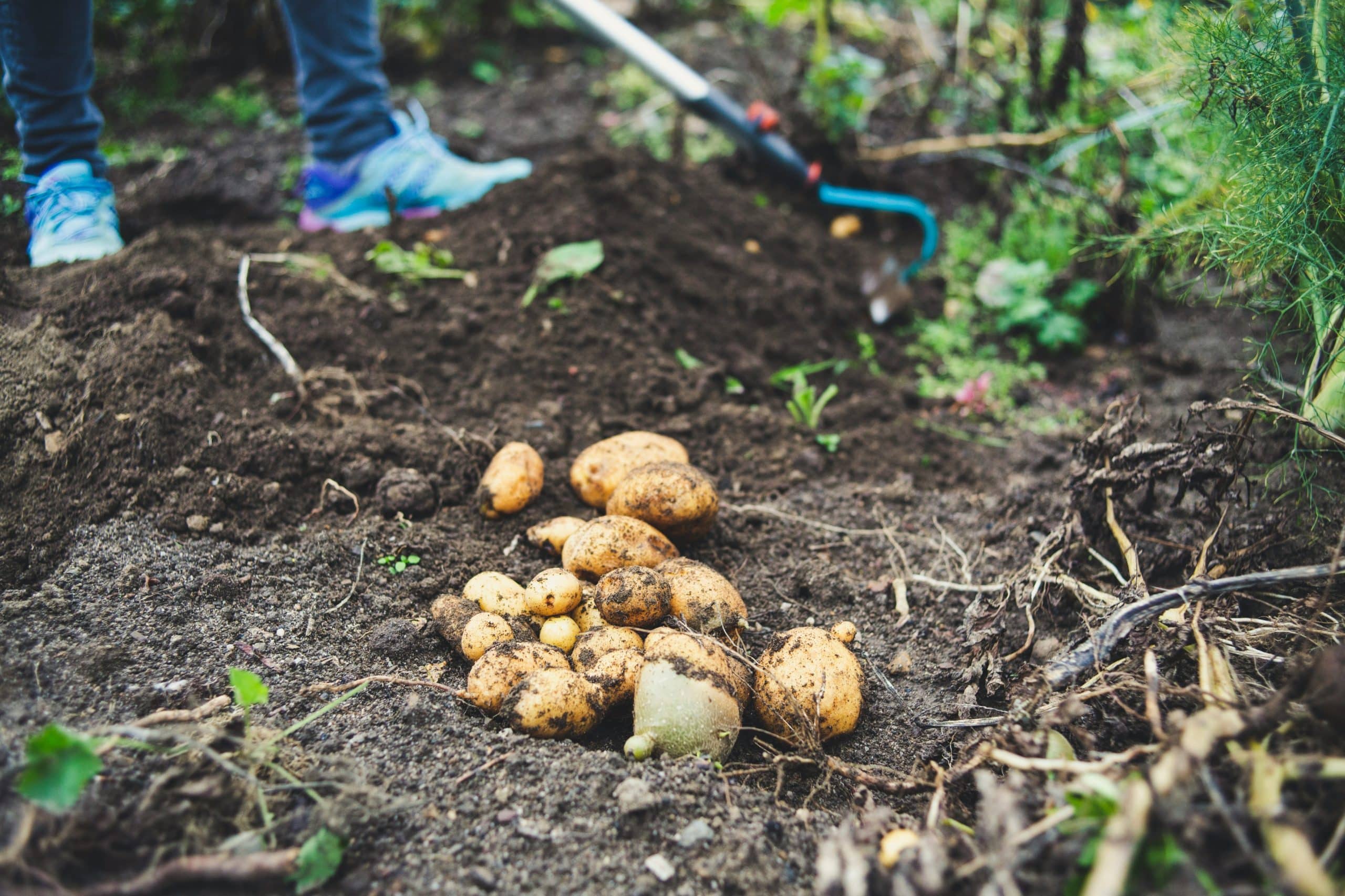In the face of a rapidly changing climate and an ever-growing population, the global community faces significant challenges in ensuring food security for all. The intersection of agriculture and technology presents an opportunity to develop innovative solutions for these pressing issues. As we leverage the power of digital technologies, we can empower farmers with the data they need to implement sustainable practices, optimize crop production, and contribute to the development of a resilient global food system.
The Digital Transformation of Agriculture
Increasingly, the agricultural industry is undergoing a digital transformation. Farmers, agricultural scientists, and technologists are harnessing the power of digital tools to revolutionize farming practices. These technologies offer a more precise approach to agriculture, allowing for increased efficiency, higher productivity, and more sustainable methods of food production.
A lire aussi : Can Technology Predict Natural Disasters More Accurately?
The incorporation of technology in agriculture, often referred to as ‘precision farming’, uses data gathered from various sources to guide decision-making processes. Sensors, drones, and GPS technologies allow for real-time monitoring of crop health, soil conditions, and weather patterns. These technological advancements provide farmers with critical data that can be used to enhance crop yields, improve resource management, and minimize environmental impact.
Data-Driven Farming: A Key to Sustainable Agriculture
Today, data is one of the most valuable resources in the agricultural sector. From small-scale farmers to large agribusinesses, the effective use of data has the potential to drive a shift towards more sustainable and productive farming practices.
A voir aussi : What Advances Are Making Solar Power More Efficient?
Data-driven farming leverages technology to collect, analyze and utilize data to make informed decisions about planting, harvesting, and managing crops. This approach allows farmers to optimize their use of resources, reduce waste, and increase productivity. Furthermore, predictive analytics can help to anticipate potential issues such as pests or disease outbreaks, enabling farmers to take preventative measures and minimize crop loss.
Enhancing Food Security Through Technological Innovation
The application of digital technologies in agriculture has far-reaching implications for global food security. By increasing efficiency and productivity, technology can help to meet the growing food demands of an expanding global population. Innovation in agricultural technology also offers solutions to some of the biggest challenges facing our food systems, including climate change, biodiversity loss, and soil degradation.
Technological innovation can play a significant role in mitigating the impacts of climate change on agriculture. For instance, genetically modified crops can be designed to be more resilient to climate extremes, while precision irrigation systems can help to conserve water in drought-prone regions. Furthermore, digital platforms can connect farmers with consumers, reducing food waste and promoting a more sustainable food system.
Ensuring Security and Privacy in the Digital Agricultural Landscape
As with any digital transformation, the integration of technology into agriculture comes with its own set of challenges. One of the most pressing concerns is data security. Farmers, agricultural scientists, and technologists must work together to ensure that data is collected, stored, and used in a manner that respects privacy and protects against cyber threats.
Moreover, it is crucial to consider the social implications of the digital agricultural revolution. It is essential to ensure that these technologies are accessible to all farmers, regardless of their size or location. Bridging the digital divide in agriculture is a critical step towards building a more equitable and sustainable global food system.
In summary, technology holds immense potential to revolutionize the agricultural sector and enhance global food security. By harnessing the power of data and digital tools, we can equip farmers with the resources they need to produce food in a way that is sustainable, resilient, and inclusive. While challenges persist, the opportunity to create a more secure food future is immense and within our reach.
The Role of Smallholder Farmers in Technological Advancement
Smallholder farmers play a crucial role in achieving global food security. Despite operating on a smaller scale, these farmers contribute significantly to food production worldwide. However, they often face unique challenges that can impact their productivity and sustainability. Integrating technology into their farming practices can help overcome these challenges and bring about a significant positive change.
The power of precision agriculture, primarily when employed by smallholder farmers, can be transformative. By providing real-time data about soil health, weather conditions, and crop status, technology can enable these farmers to make informed decisions that optimize their operations and enhance productivity.
In many developing countries, smallholder farmers are turning to mobile technology to access vital agricultural information. Mobile apps offer real-time market prices, weather updates, and expert advice, empowering these farmers to make more informed decisions.
However, the potential benefits of digital technologies for smallholder farmers are not without challenges. Accessibility and affordability of these technologies can pose a considerable barrier. Therefore, it’s essential to develop cost-effective solutions and provide necessary training to ensure these farmers can fully harness the benefits of digital agriculture.
Technological Impact on the Food Supply Chain and Sustainable Development Goals
In the context of global food systems, the technology’s impact extends beyond the field to encompass the entire food supply chain. By increasing efficiency and transparency, digital technologies can help reduce food wastage, improve food safety, and ensure a more equitable distribution of food.
Blockchain technology, for instance, can provide end-to-end traceability in the food supply chain. This level of transparency can help reduce food fraud, improve food safety, and empower consumers to make more informed food choices.
Technology can also play a pivotal role in achieving the Sustainable Development Goals (SDGs) set out by the United Nations. Particularly, Goal 2 aims to “End hunger, achieve food security and improved nutrition, and promote sustainable agriculture.” The integration of technology into agriculture directly aligns with this goal, contributing to improved food production, enhanced food security, and more sustainable farming practices.
Conclusion: Embracing the Future of Food Security
In conclusion, the intersection of agriculture and technology offers a promising solution to the significant challenges of food insecurity and climate change. The digital transformation of agriculture has the potential to revolutionize food production, enhancing crop yields, and ensuring food security.
Smallholder farmers, often at the heart of food production, stand to benefit immensely from this digital revolution. However, it is crucial to address the issues of access, affordability, and training to ensure all farmers can reap the benefits of this transformation.
By embracing technology and harnessing the power of data, we can work towards a sustainable future where food is secure for all. As we strive to meet our global development goals, technology will undoubtedly play a pivotal role in shaping our food systems and ensuring their resilience in the face of an ever-changing climate.
While challenges persist, the potential for technology to enhance food security and promote sustainable agriculture is immense. Thus, it is crucial to continue exploring innovative technological solutions, fostering collaborations across sectors, and building an inclusive digital agricultural landscape. Together, we can create a more equitable, sustainable, and food-secure future.





